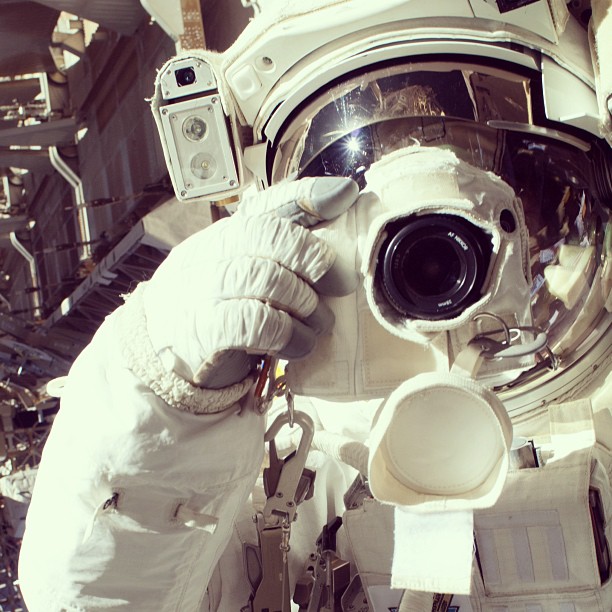
Welcome to this week’s edition of TIME’s LightBox Follow Friday, a series where we feature the work of photographers who are using Instagram in new and engaging ways. Each week we will introduce you to the person behind the feed through his or her pictures and share an interview with the photographer.
This week on #LightBoxFF, TIME speaks with Rebecca Roth, who runs the Instagram feed at NASA Goddard (@nasagoddard), the agency’s research lab in Greenbelt, MD. Roth says that social media has drastically changed the way NASA communicates with the world, and has made space exploration accessible and immediate to a new generation.
LightBox: How has communication at NASA Goddard changed with social media, and what does Instagram provide that other platforms don’t?
RR: Social media has opened a direct line of communication for NASA Goddard with the public, and not only here in the United States but all over the world. In the past we were limited to reaching media via faxes and press releases and then reaching the public with mostly content on our web pages, and so much would go unnoticed. Now we get to post and engage with the public in the places were they are already spending their time; Instagram, Flickr, Twitter, Facebook, etc. It’s wonderful because we are able to create and share videos, images and stories with the public and teach them something new everyday…and in real time.
Because Instagram is mostly optimized for mobile users and is all about images, it’s been a great way to reach people who maybe were not already interested in ‘space stuff.’ A stunningly beautiful image maybe catches someone’s eye, and then they’ll read the caption, learn all about the satellite that caught that image, and share that image with their friends.
Jun. 27, 2014. Free-Air Gravity Map of the Moon This still image features a free-air gravity map of the Moon’s southern latitudes developed by S. Goossens et al. from data returned by the Gravity Recovery and Interior Laboratory (GRAIL) mission. If the Moon were a perfectly smooth sphere of uniform density, the gravity map would be a single, featureless color,
LightBox: In a facility like NASA Goddard, where amazing research and incredible projects are happening all the time, how do you decide what photos to post, and where do those images actually come from?
RR: We try to share every story on at least one of our social media platforms, but when it comes to our Instagram account, I’ve tried hard to post really compelling images with great stories laced with tidbits of interesting information. I always try to share different types of images and limit posts to one or two a day. Many of our images come from stories about the various missions we manage at NASA Goddard like the Hubble Space Telescope, the Solar Dynamics Observatory (SDO) and from our fleet of Earth observing satellites like Landsat 8.
Goddard is also home to the world’s largest clean room where currently our engineers are assembling components of the James Webb Space Telescope. It’s scheduled for launch in 2018 where it will find the first galaxies that formed in the early universe, and we’ve posted some great pictures from that cleanroom. We also post employees in laboratories making discoveries and building new technologies, scientists out in the field, even VIP visitors who visit Goddard.
Mar. 31, 2014. Inside the world’s largest clean room at NASA’s Goddard Space Flight Center in Greenbelt, Md., engineers worked tirelessly to install another essential part of the James Webb Space Telescope – the Near Infrared Camera into the heart of the telescope.
LightBox: How do people tend to react to the images posted, and what is the most popular photo currently on the feed?
RR: We tend to receive a huge percent of very positive comments. I’d say the top three types of comments would be; “Thank you NASA”, “That is cool, I’ve never seen anything like it” and “Thanks for the great caption.” We try hard to include easily digestible, educational captions with all of our images. Our most viewed image on Instagram has over 412,000 “likes”, it’s from the polar vortex this past winter.
Jan. 6, 2014 Satellite Image Shows Entry of the Polar Vortex into the Northern U.S. The Polar Vortex is a whirling and persistent large area of low pressure, found typically over both north and south poles.
LightBox: Do you think Instagram and social media has changed the way the public interacts with NASA/NASA Goddard?
RR: I do believe it has made a difference. We are able to reach and interact with people of all ages, from all walks of life, from all over the world in a way that we were never able to in the past. Our mission is to increase the amount of great educational content being shared on social media sites and to do it in a way that really has an impact on people, and we feel we’ve been able to do that.
Rebecca Roth is a member of the multimedia department at NASA Goddard
Krystal Grow is a contributor to TIME LightBox. Follow her on Twitter and Instagram @kgreyscale
See more from TIME’s #LightBoxFF series here

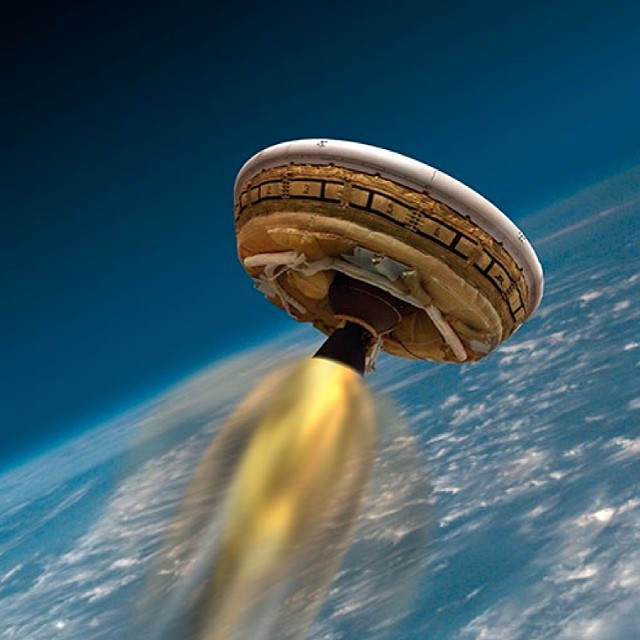


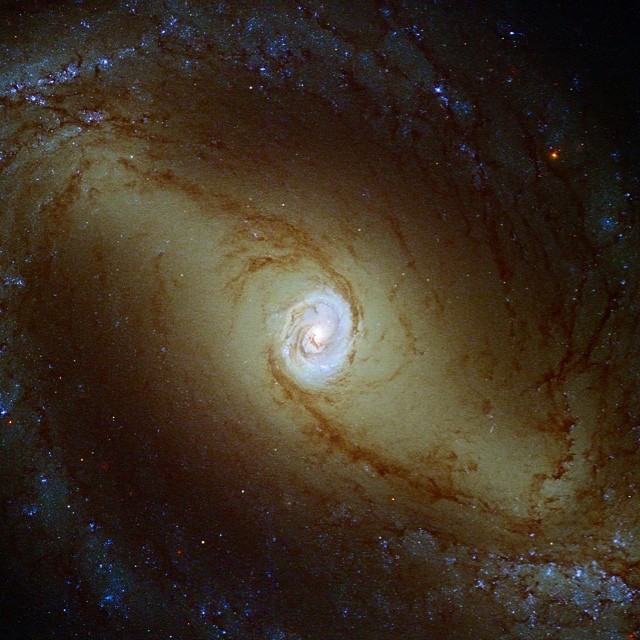
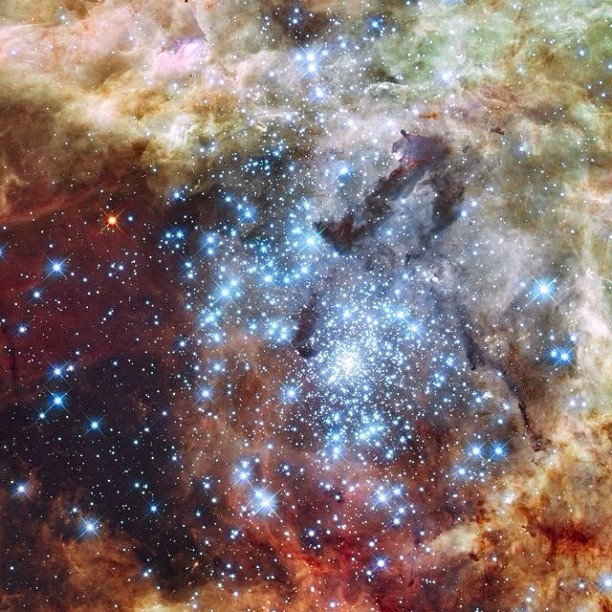
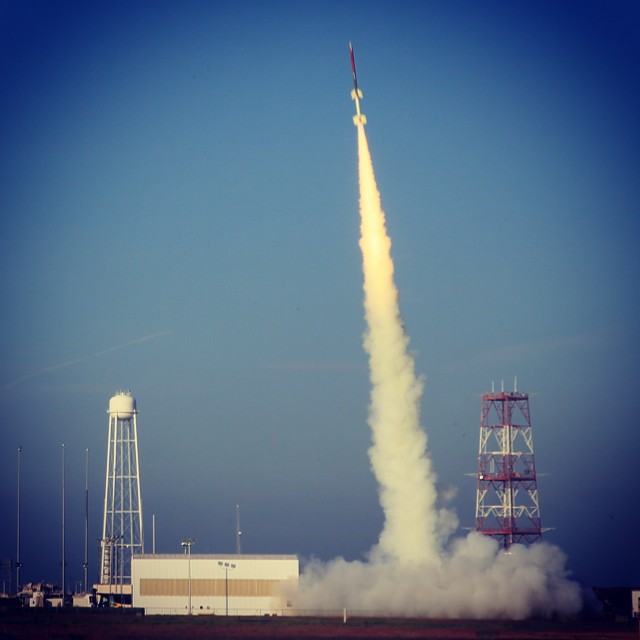
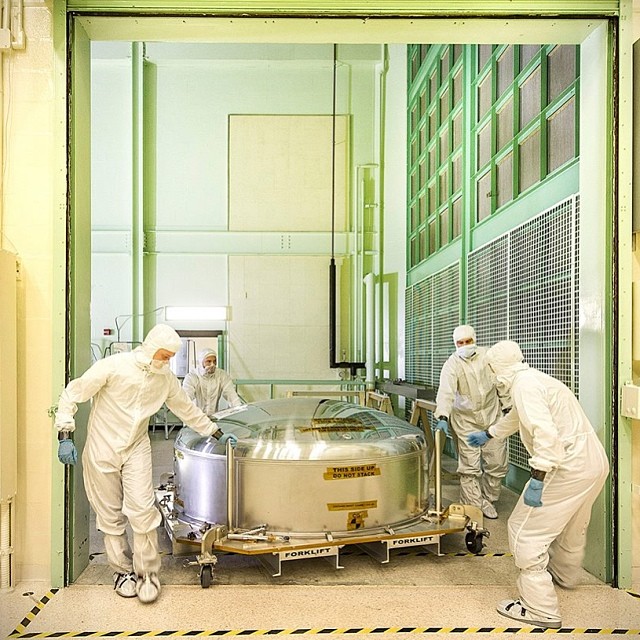


More Must-Reads From TIME
- The 100 Most Influential People of 2024
- The Revolution of Yulia Navalnaya
- 6 Compliments That Land Every Time
- What's the Deal With the Bitcoin Halving?
- If You're Dating Right Now , You're Brave: Column
- The AI That Could Heal a Divided Internet
- Fallout Is a Brilliant Model for the Future of Video Game Adaptations
- Want Weekly Recs on What to Watch, Read, and More? Sign Up for Worth Your Time
Contact us at letters@time.com